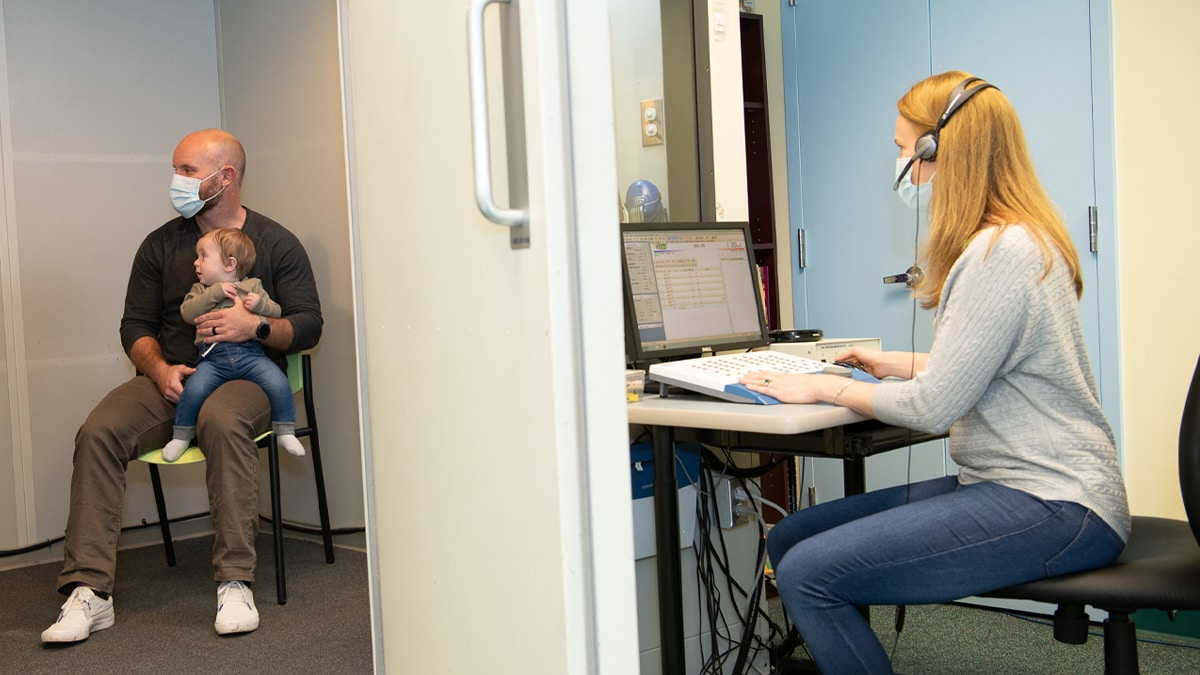What to know
- Hearing loss can affect a child’s ability to develop communication and social skills.
- The earlier children with hearing loss start getting services, the more likely they are to reach their full potential.
- The following resources for providers and public health programs can help support efforts to promote timely screening, diagnosis, and intervention for children with hearing loss.

Resources on hearing loss recommendations and guidelines
CDC's EHDI guidance manual
A CDC resource that can help support state and territorial EHDI programs with tracking and surveillance activities. The manual focuses on data and the EHDI information systems (EHDI-IS) that help ensure all infants are screened for hearing loss and receive recommended diagnostic testing and intervention services.
Joint Committee on Infant Hearing position statement
The Joint Committee on Infant Hearing (JCIH) includes representatives from national organizations dedicated to ensuring early identification, intervention, and follow-up care for infants and young children with hearing loss. Since its establishment in 1969, JCIH has issued position statements with guidelines for early hearing detection and intervention.
- 2007 Position Statement: Principles and Guidelines for Early Hearing Detection and Intervention Programs [Read more about this recommendation]
- Supplement to the JCIH 2007 Position Statement: Principles and Guidelines for Early Intervention After Confirmation that a Child is Deaf or Hard of Hearing [Read more about this recommendation]
- Year 2019 Position Statement: Principles and Guidelines for Early Hearing Detection and Intervention Programs [Read more about this recommendation]
American Academy of Audiology childhood hearing screening guidelines
The American Academy of Audiology endorses detection of hearing loss in early childhood and school-aged populations using evidence-based hearing screening methods.
Read more about this recommendation
A Resource Guide for Early Hearing Detection and Intervention (2022)
This e-book from the National Center for Hearing Assessment and Management outlines important issues to address in the implementation and operation of programs in the early identification of hearing loss.
Newborn Screening Contingency Plan, Version II, 2017
The intent of the Contingency Plan is to facilitate collaboration among federal agencies and state, local, territorial, tribal, and regional efforts to screen newborns for identified conditions during a public health emergency. This effort is limited to those areas of the newborn screening system (screening test, diagnosis and follow-up, treatment and management, evaluation, and education) for which the state public health agency assumes an oversight role.
